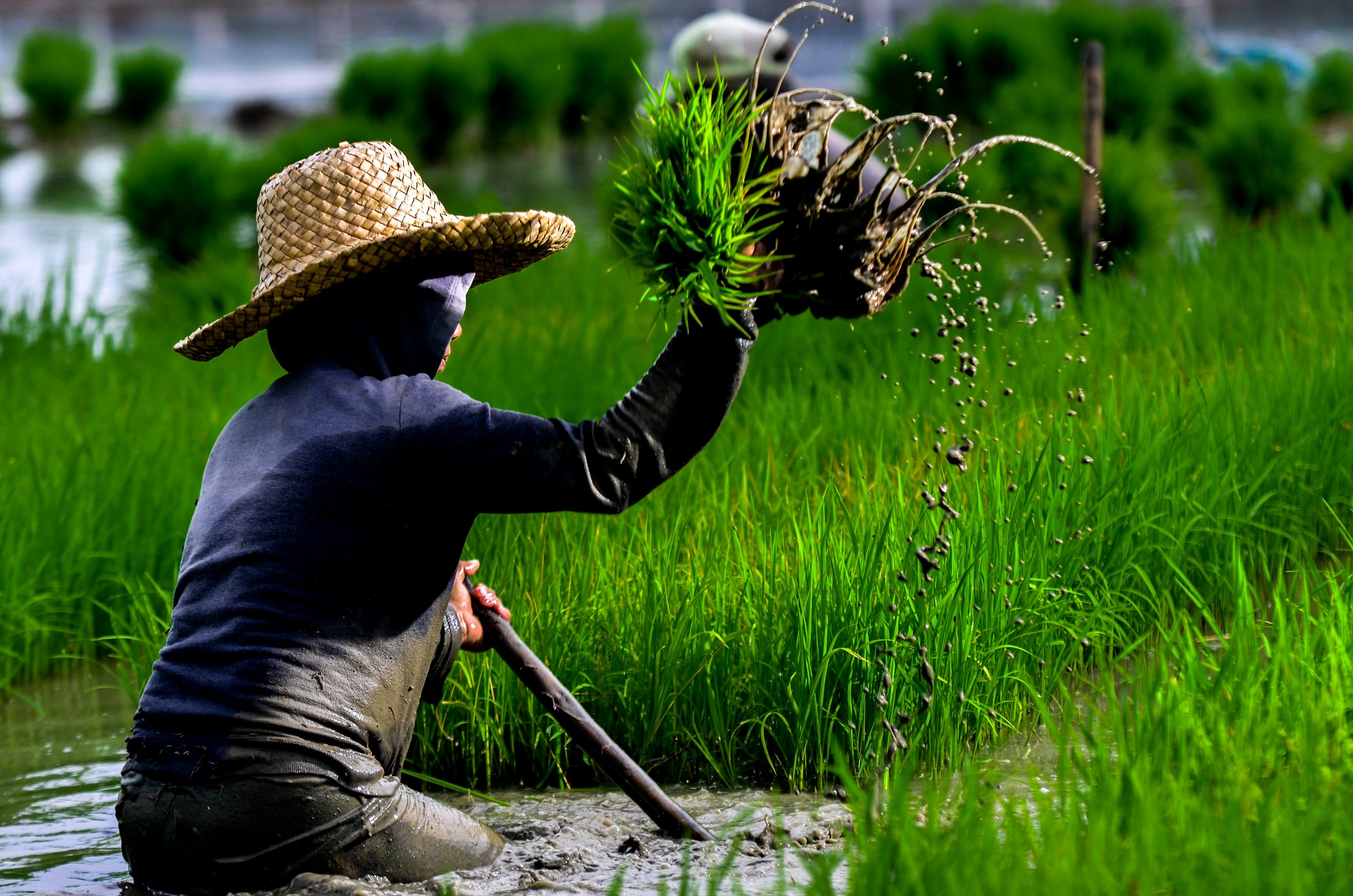
Amidst the tightening global food supply due to the COVID-19 pandemic, the Department of Agriculture (DA) is bent to raise the country’s rice sufficiency level to 93 percent by the end of 2020.
“Given an additional budget, we will be able to produce more rice, thereby increasing our sufficiency from the present level of 87 percent to 93 percent,” said agriculture secretary William D. Dar.
“We have requested an additional P8.5 billion for a rice resiliency project, that is part of a P31-billion supplemental budget to bankroll our Plant, Plant, Plant Program or Ahon Lahat, Pagkaing Sapat (ALPAS) Covid-19 program,” Dar said.
The P31-B supplemental budget was approved last week by the Inter-Agency Task Force for Managing Emerging Infectious Diseases (IATF-MEID) and endorsed to President Rodrigo Roa Duterte for his consideration and approval.
“Realizing that there would be a tight global rice trade due to the Covid-19 pandemic, we deemed it prudent to increase local rice production by proposing an additional P8.5-billion budget, on top of the Rice Competitiveness Enhancement Fund (RCEF) and regular rice program,” the DA chief added.
“With the funds in place, we could boost production by the end of December 2020 to reach 22.12 million metric tons (MMT) of palay, equivalent to 13.51 MMT of rice or 93% of the country’s total demand at 14.46 MMT,” Dar explained.
He said the rice resiliency project will cover more areas this coming main cropping season, totaling 2.7 million hectares, broken down as: • 1.2 million hectares under RCEF to be planted to inbred rice; • 550,000 hectares planted to hybrid; and • 950,000 hectares to inbred varieties.
The P8.5-B rice resiliency project features three components, namely:
• Enhanced RCEF – worth P3.19B for fertilizers, expected to bring in an additional palay output of 628,500 MT;
• Expanded inbred rice production – worth P3.132 B, for seeds and fertilizers to both non-RCEF and non-hybrid rice areas, that will increase production by 430,921 MT; and
• Expanded hybrid rice production component – worth P2.177 B, for shifting 200,000 hectares previously planted to inbred into hybrid, thus producing an incremental yield of 300,000 MT of palay.
“Immediately after the dry season harvest, we will encourage farmers to plant right away through direct seeding and provide them with appropriate fertlizers and technical assistance to improve their production during the third and fourth quarters of 2020,” Dar said.
He said the country has enough rice, with an inventory good for 75 days, as of end of March, plus an estimated 4.1 million metric tons (MMT) of palay that will be harvested this dry season, equivalent to 2.7 MMT of rice, and finally, 1.3 MMT of previously contracted imports that have yet to be delivered.
“Further, as a contingency, we recommended a stand-by authority for the Philippine International Trading Corp. (PITC) to import 300,000 MT through a government – to – government (G2G) scheme, that was approved last week by the Inter-Agency Task Force,” he concluded. ###
Reference:
Noel Ocampo Reyes
DA Spokesperson & ASec for Comms & Media Affairs
09204889686 09566694611 89298183













